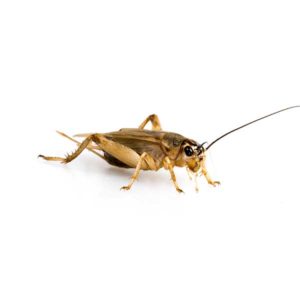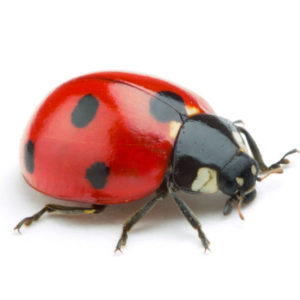Clothes Moths in North Carolina
Clothes moths are fabric pests and are among the few animals that can digest keratin, the fibrous protein found in animal hide, hair, feathers, and horns. There are two different types of clothes moths in North America — the webbing clothes moth and the casemaking clothes moth. The larva is the damaging stage of the clothes moth and both species feed exclusively on animal fibers, especially wool, fur, silk, feathers, felt, and leather. Serious infestations of clothes moths can develop undetected in dwellings, causing irreparable harm to clothing and decorative items.
Because there are many different types of beetles in North Carolina, they can be difficult to distinguish, however our common beetle species can help with this.
Clothes Moth Habitat
Unlike some other types of moths, clothes moths are seldom seen because they avoid light. They prefer dark, undisturbed areas such as closets, basements, and attics. Indoors, clothes moth larvae are frequently noted on woolen clothes, carpets, upholstered furniture, and old wool rug remnants in the attic. Lint from wool rugs and pet hair behind baseboards and in flooring cracks all serve to invite moth infestations. A favorite egg-laying site is a carpet under the rear legs of a sofa, a spot rarely reached by a vacuum cleaner. Adult moths do not eat fabric, but their presence means that eggs will be laid soon, producing fabric-eating larvae.
Clothes Moth Behaviors, Threats, or Dangers
Articles commonly damaged and destroyed by clothes moths include sweaters, scarves, coats, blankets, rugs, down pillows and comforters, upholstery, toys, decorative items, and taxidermy mounts. The larvae prefer to feed in dark, undisturbed areas such as closets, chests, and boxes where woolens and furs are stored for long periods. Clothing and blankets in regular use are seldom infested, nor are rugs that get a normal amount of traffic, or are routinely vacuumed. Edges and undersides of rugs or sections beneath furniture are more likely to be attacked. If you suspect a clothes moth infestation, it is recommended to contact a pest control professional.
Signs of a Clothes Moth Infestation
Signs include:
- Small holes in fabrics.
- Silken tunnels or cases found on clothing.
- The presence of moth larvae, which are small, white, and caterpillar-like.
- Fecal pellets and silk webbing on clothing or in corners of closets and drawers.
Clothes Moth Bites
Clothes moths do not bite humans or pets; they are only interested in materials that contain keratin.
Are Clothes Moths Dangerous?
While not harmful to human health, clothes moths can cause extensive damage to clothing, upholstery, and other fabric items, leading to significant financial loss for businesses and frustration.
How to Get Rid of Clothes Moths?
Immediate Actions
- Wash infested clothing in hot water or have them dry cleaned.
- Vacuum regularly to remove larvae from carpets and upholstered furniture.
- Freeze items that cannot be washed for at least 72 hours to kill larvae and eggs.
Long-Term Solutions
- Use pheromone traps to monitor and reduce the population of adult moths.
- Store clothing and fabrics in airtight containers.
- Regularly clean closets and storage areas, paying special attention to corners and under furniture.
Clothes Moth Prevention Tips
- Regularly inspect and clean wardrobes, drawers, and storage boxes.
- Store natural fiber clothing in airtight containers with moth repellents like cedar or lavender.
- Maintain a dry environment by using dehumidifiers in damp areas of your home.
- Avoid storing clothing in the attic or basement unless properly protected.
Need help with Clothes Moths control?
Frequently Asked Questions
Why Do I Suddenly Have Clothes Moths?
Clothes moths can be introduced through infested items brought into the home or can migrate from nearby infested areas. They are attracted to stored clothing and fabrics, especially if these items are not regularly moved or cleaned.
Should I Worry About Clothes Moths?
While clothes moths pose no direct health risk, they can cause significant damage to valuable items. Prompt action is recommended to prevent widespread damage.
Do Clothes Moths Fly Around the House?
Clothes moths are not typically seen flying around the house as they prefer dark, undisturbed areas. If you see moths flying around, they are likely not clothes moths but another species of moth.





